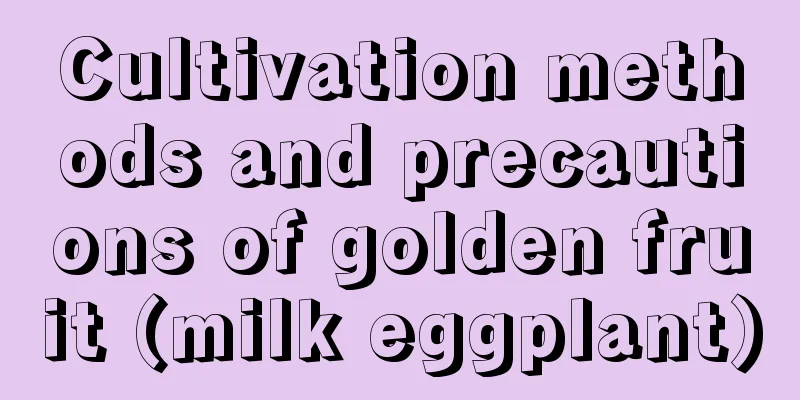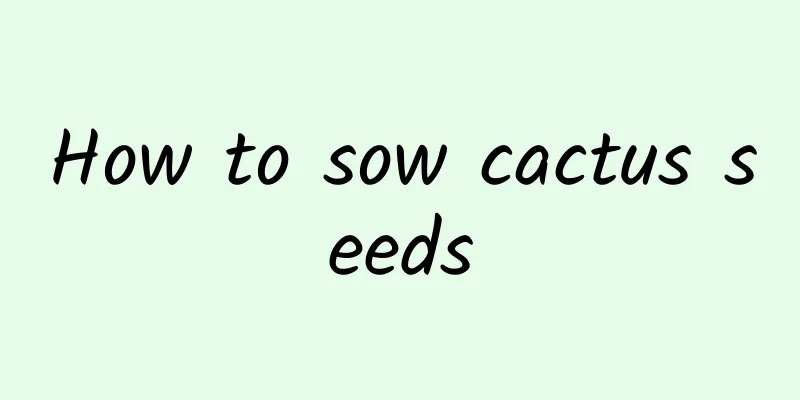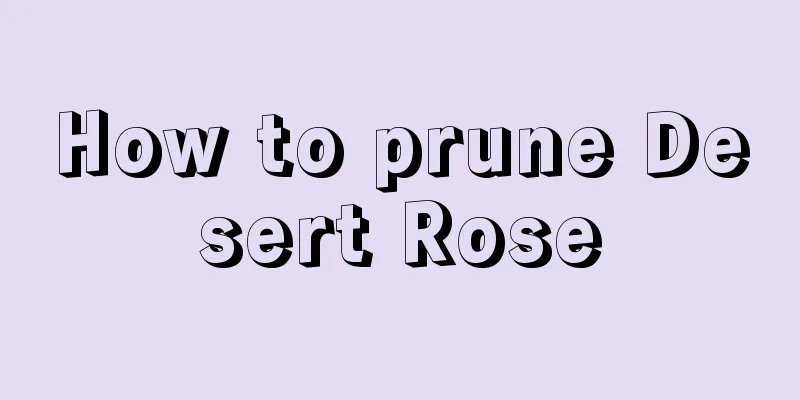Cultivation methods and precautions of golden fruit (milk eggplant)

How to cultivate golden fruitsoilGolden fruit likes loose, fertile and well-drained slightly acidic sandy soil. It can also grow in neutral or slightly alkaline soil and prefers deep soil. Temperature and lightGolden fruit prefers a warm and sunny growing environment and is not cold-resistant. The suitable temperature for its growth is 20℃ to 30℃. It will stop growing when the temperature is below 0℃. Therefore, the golden fruit needs to be kept indoors during the winter, and the wintering temperature should be above 10℃. It can tolerate high temperatures above 35℃ in summer, but the high temperature cannot last continuously. Golden fruit is more suitable for growing under strong light. It cannot be kept in the shade for a long time. Insufficient light will cause the plant to grow too tall and the leaves to turn yellow and fall off. Watering and fertilizingGolden fruit has a high demand for water and fertilizer, prefers a humid environment, and avoids drought and waterlogging. Watering should be moderate. In the hot and dry summer, you can water once or twice a day. In addition, when repotting the golden fruit, sufficient base fertilizer should be applied. During the growth period, for better growth, more nitrogen fertilizer can be applied, and liquid fertilizer should be applied once every half a month. Phosphorus and potassium fertilizers should be used mainly during the flowering and fruiting periods. Reproduction methodThe reproduction of golden fruit is usually carried out by sowing and cutting propagation. Sowing is carried out in spring, and cutting propagation is mainly carried out in summer. Golden fruit cultivation precautionsDwarfing, fruit thinningIn order to make the golden fruit plant fully dwarfed, you can pinch the top buds during the growth period and develop side buds. After the golden fruit bears fruit, the fruit is large in quantity, so you can erect a support to support the weight and thin the fruit appropriately to make it larger. Pest controlGolden fruit often suffers from diseases such as leaf spot, anthracnose, and viral diseases. Pests include aphids, whiteflies, and red spiders, which can be controlled by spraying pesticides. |
<<: Cultivation methods and precautions of chrysanthemum
>>: The cultivation methods and precautions of Lythrum salicina
Recommend
Is peacock wood suitable for indoor cultivation? Is peacock wood easy to grow and its advantages and disadvantages
It is better to keep peacock wood at home. The le...
How often should I water the small-leaved red cypress?
How often should I water the small-leaved red cyp...
What flowers are suitable for planting in the yard? Flowers that are beautiful and easy to grow are suitable for garden planting
Generally, people who have a yard want to plant s...
What should I do if the leaves of the crabapple droop after repotting? How to care for it after repotting
1. What to do 1. Watering: After changing the pot...
How to cultivate lotus
Bowl lotus growth conditions Bowl lotus likes an ...
The most beautiful lotus pictures
1. West Lake Red Lotus The beautiful West Lake Re...
Where do jasmine seeds come from?
Where do jasmine seeds come from? Jasmine is gene...
Things to note when planting plum blossoms
1. Planting method 1. Pick the fruits after they ...
When is the best time to transplant ground-planted peony?
When transplanting ground peony, you need to prep...
How to sow desert rose
1. Sowing time Desert rose is a drought-resistant...
When to plant Paulownia trees, cultivation and management
1. When to plant Paulownia trees Paulownia trees ...
Chocolate flower cultivation methods and precautions
Chocolate flower usually refers to the Verbenacea...
How often should Schefflera be watered? The correct watering method
How often should I water Schefflera? How often to...
Should eucalyptus be grown in water or dried? How long can it survive in water?
1. Water or dried flowers Eucalyptus fruit can be...
How often should I water my gladiolus?
How often should I water my gladiolus? In spring ...









